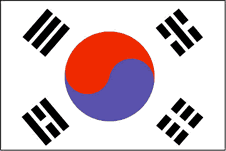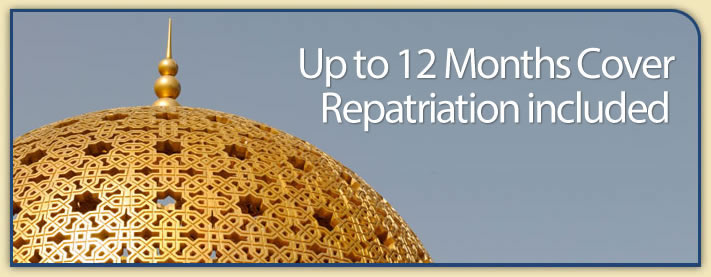Country Guide • Korea, South

The Republic of Korea shares borders to the north with the demilitarised zone (separating it from the Democratic People’s Republic of Korea), to the east with the Sea of Japan (East Sea), to the south with the Korea Strait (separating it from Japan) and to the west with the Yellow Sea. Most of the country consists of hills and mountains and the 30 per cent of flat plain contains the majority of the population and cultivation.
| Official Name | Republic of Korea |
|---|---|
| Area | 98,488km² (38,026mile²) |
| Population | 48,288,000 |
| Continent | Asia |
| Population per mile² | 1,270 |
| Capital City | Seoul |
| Religions | The principal national religions are Confucianism, Shamanism, Christianity, Buddhism and Chondokyo |
| Language | Korean |
| Government | Republic |
| Currency | Won |
| GDP | $865 billion |
| GDP per Head | $18,000 |
| Natural Resources | Coal, tungsten, graphite, molybdenum, lead |
| Land Use | Arable Land 17% |
| Agriculture | Barley, rice, root crops, vegetables, fruit and livestock mainly cattle and pigs |
| Industry | Shipbuilding, cars, machinery, electronics, machinery, chemicals, clothing and textiles |
| Tourism | South Korea has mountains, national parks and rugged islands which all lend themselves to hiking and mountain biking and in the winter there are a few good skiing areas, esp. Yongpyong on the east coast or the Alps Ski Resort near Seoraksan National Park. The season is from December to March. If golfing is your game then South Korea has some 60 courses throughout the country |
| Natural Hazards | Typhoons and Monsoons |
| Health Risks | There are no particular risks, but you should consider vaccinations for hepatitis, typhoid, polio, tetanus and diphtheria. There has not been a reported case of SARS here. However, passengers arriving in South Korea from areas possibly affected by SARS may be required to pass through a body-temperature scanner |
| Climate | South Korea has a continental climate with dry cold winters and hot humid summers. The cold winter winds come from Manchuria and Siberia while in summer the warm moist air comes from the Pacific Ocean winds. The wettest months are between June and September with at least one typhoon per year. Average annual precipitation varies from 1,016 mm (40 inches) to 1,524 mm (60 inches) depending on each region. Average temperature ranges in Seoul are from -9 to 0°C (16 to 32°F) in January to 22 to 31°C (72 to 88°F) in August |
| Time | GMT/UTC+9 hours |
| National Days | August 15 |
| Visas | All visitors to South Korea must have a valid passport and onward and return tickets. Holders of British Citizen and Canadian passports coming to South Korea for tourist purposes may be allowed to stay for up to 90 days without a visa. Visas are required for all other purposes. Travellers from elsewhere can visit for 30 days with the exception of countries not recognised by South Korea namelyCuba, Laos and Cambodia |
| British Embassy | Embassy Details |
Information Only
The content above is for information purposes only and we have tried to ensure that the information is as accurate as possible. We cannot accept any responsibility for any inconvenience, loss or injury as a result of the information above. You should always check and verify any critical information like visas, health and safety and customs with the relevant authorities before you travel since information can change at any time.



